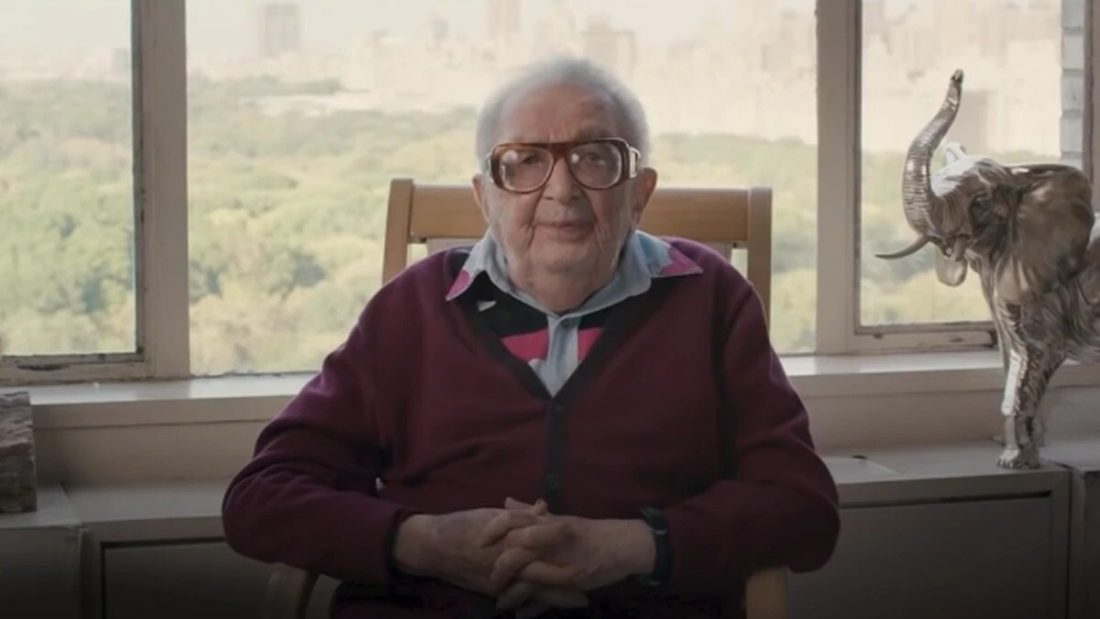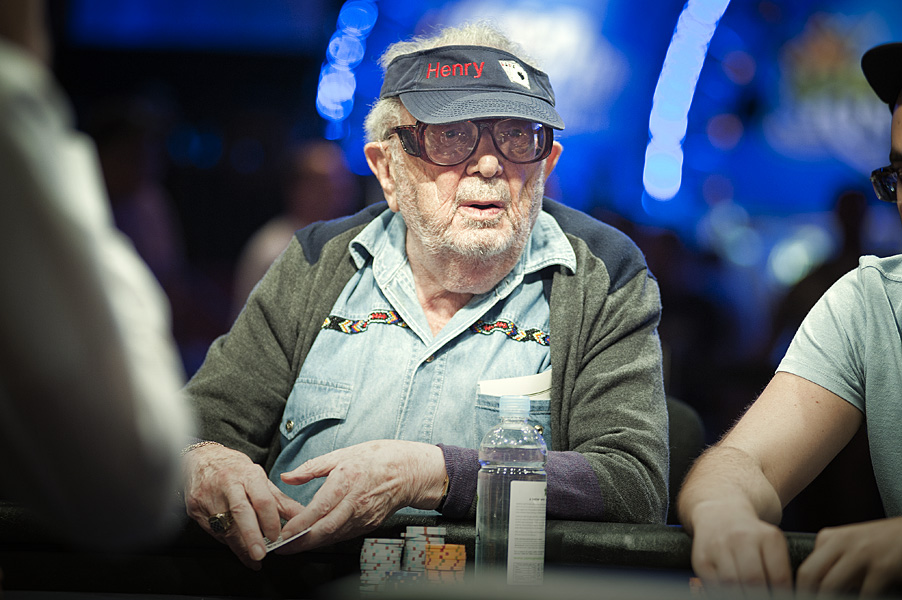
The poker world lost a legend on Tuesday, when Henry Orenstein, inventor of the hidden card camera, passed away at the age of 98.
Although few details of his death are known, it was confirmed by the President and CEO of PokerGO, and his fellow poker players. the luminary, Mori Eskandani.
If it weren’t for Orenstein, some sites like PokerGO might not exist. The poker industry may not have developed the way it has today, or at least not on the same timeline. The Orenstein Card Room, also known as the “lipstick camera” changed televised poker forever, helping spark the poker boom.
There are two main variations of the Orenstein camera, and both have been used for decades. In its original design, there was a small window cut out of felt in front of each player where players placed their hole cards face down. A mirror under the table reflects the image of the letter to the camera, also under the table. The second type is a bit simpler, with a small camera embedded in the rail, showing the cards as players see them.

Orenstein changed poker forever
Orenstein’s Discovery debuted on BBC Late Night Poker in 1999 and it was a hit with the public. With the cast, however, it was a different story, at least at first. Many poker professionals resented the idea that spectators could see their cards, now that their strategies would be known the world over.
But later Chris Moneymaker he won the 2003 World Series of Poker Main Event and we all saw that he fooled Sammy Farha with a big hand. Without Orenstein’s hole-in-the-wall space, it would just fall into a big pot. Television poker exploded after that as audiences saw how exciting the game could be and, combined with the online poker boom, the poker boom was upon us.
And it was the poker boom that changed the minds of poker professionals. Thanks in large part to Orenstein, the poker professional became a celebrity. They achieved levels of fame and fortune they never imagined they could reach. Remember, poker was on TV before the hole card cameras, but do any of us remember that? Not really.
Card cameras are falling out of use much more thanks to RFID. Cards now have small RFID chips inside, allowing the recipient to automatically read each card’s identity and, in turn, display it on a television screen.
Henry Orenstein had an extraordinary life prior to his influence in the world of poker. Originally from Poland, he survived five Nazi concentration camps during World War II. He emigrated to the United States in 1947, where he ran a grocery store which he later sold.
Orenstein eventually rose to the positions of president and chief executive officer of Peak Toys, where he was responsible for many successful products, including the Suzy Homemaker Oven. Later he worked for Hasbro, where he was instrumental in the development of the company’s Transformers toy line.